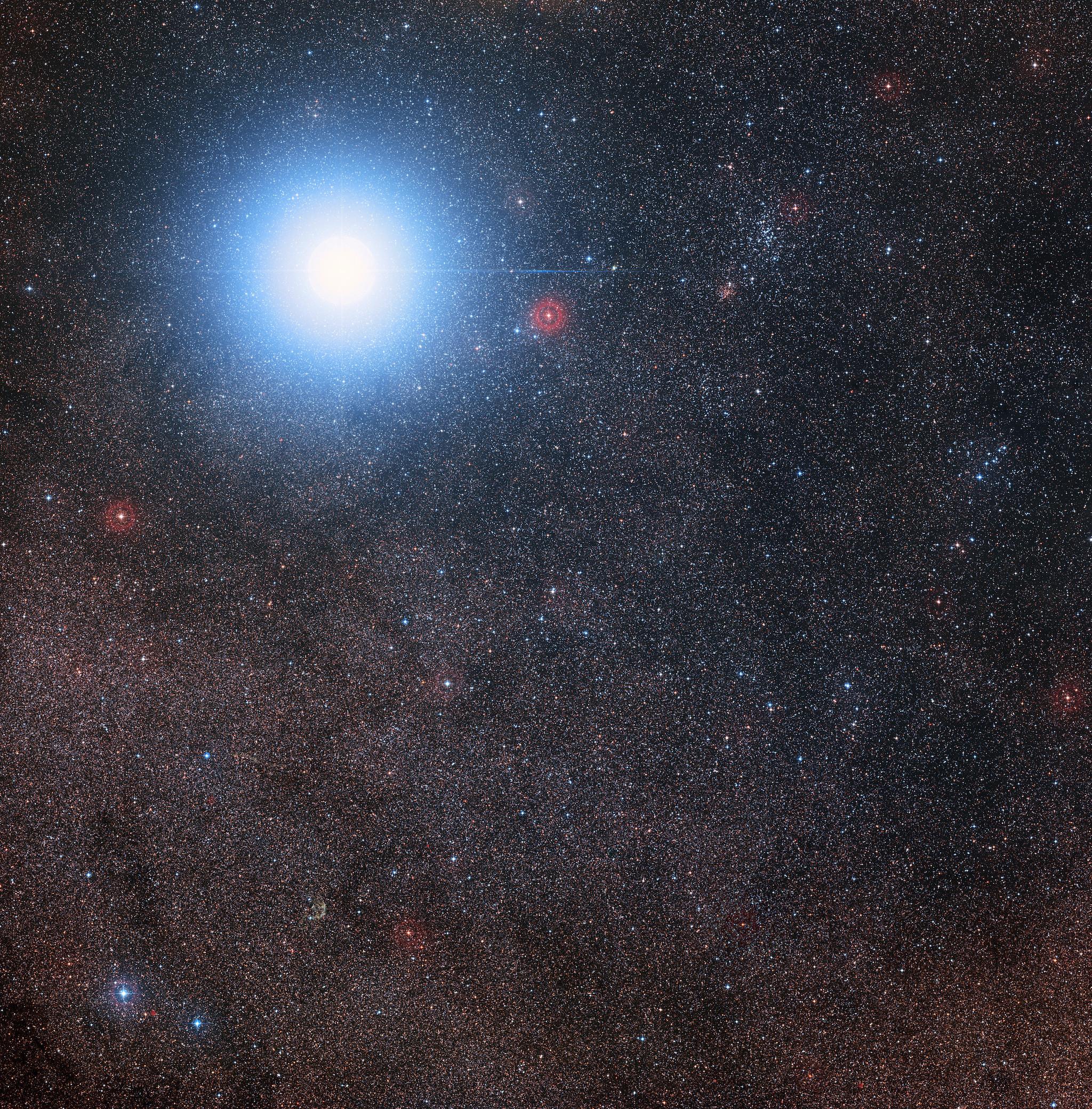Proxima b: Scientists find ‘second Earth’ that could harbour life and is close enough to send a space mission to
The planet is just four light years away, meaning that it could even be reached by travellers from Earth in the far future

A rocky planet that might have aliens on it has been found, close enough that we could travel there.
The new world is just slightly bigger than Earth and sits about four light years away, orbiting Proxima Centauri. That star is the nearest one to our solar system.
As such, it is the most easily studied and understood of any “second Earth” that has ever been found. And it appears to be almost perfectly set up to serve as a home for alien life.
The planet, known as Proxima b, is close enough that future generations of space craft might be able to travel there, taking robotic probes with them. Eventually it could even be close enough to become a new home for travellers from Earth.
Scientists hope to be able to explore the planet more to try and find life. The planet orbits in the habitable zone around its sun, meaning that it would be well within the right place to be able to support life.
Dr Guillem Anglada-Escude, from Queen Mary University of London, who led an international team of about 30 astronomers, said: "Succeeding in the search for the nearest terrestrial planet beyond the solar system has been an experience of a lifetime, and has drawn on the dedication and passion of a number of international researchers.
"We hope these findings inspire future generations to keep looking beyond the stars. The search for life on Proxima b comes next.”

Proxima b is far closer to its star than we are, taking just 11.2 days to complete one orbit and sitting only 5% as far away from its star as we do from ours. But because that star is much dimmer, it is still within the habitable zone where there could be water on the planet – and, as a consequence, life.
But there are other issues with Proxima b as a potential home for nearby aliens. The star pelts its planet with powerful ultraviolet rays and X-rays, which would mean that anything living there would find it much harder and so would have to become hardened against that radiation.
Scientists still aren’t sure whether planets like Proxima b are habitable, because of debates about whether they can sustain an atmosphere and liquid water. It will require further research to come to understand more about the planet’s atmosphere and whether life could be found there – though the ongoing debates are intense, they are unlikely to be settled without direct study of the planet itself.
Scientists have long studied Proxima Centauri, the new planet’s star. Because of its proximity, it served as a place of much scientific interest, and so is one of the best-studied low-mass stars.
The planet was found by looking at data gathered from Doppler measurements that were collected by European Southern Observatory telescopes between 2000 and 2014, and others taken in 2016, the researchers write in Nature. Doppler data lets scientists study tiny movements of a host star, which tend to be the result of the gravitational pull of an orbiting planet.
That data seems to show what scientists have claimed about the new planet: that it is a warm planet, of roughly the same size as the Earth, that makes its way around the star every 11.2 days.

As such the research has been years in the making, and was undertaken by more than 30 researchers from across different institutions and countries.
Co-author Dr John Barnes, from the Open University, said: "Once we had established that the wobble wasn't caused by star spots, we knew that that there must be a planet orbiting within a zone where water could exist, which is really exciting.
"If further research concludes that the conditions of its atmosphere are suitable to support life, this is arguably one of the most important scientific discoveries we will ever make."
But that life might come long after we’ve died out, researchers said.
“Proxima Centauri will exist for several hundreds or thousands of times longer than the Sun,” Artie Hatzes wrote in an article for Nature. “Any life on the planet could still be evolving long after our Sun has died.”
Join our commenting forum
Join thought-provoking conversations, follow other Independent readers and see their replies
0Comments